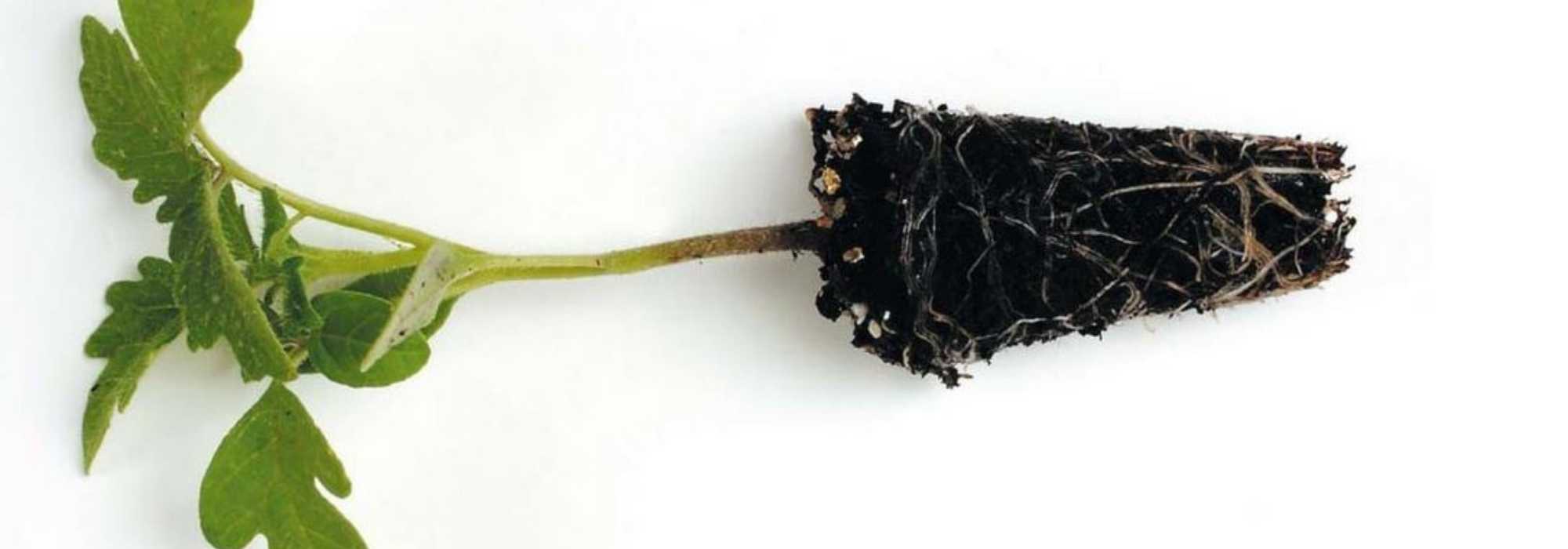
Annuals and vegetable plants as plug plants
Everything you need to know about this cultivation method
Contents
In cultivation of flowering annual and biennial plants or vegetable plants, plug plants are the missing link between the technique of sowing and that of planting young plants in buckets. Previously reserved for horticulture or market-gardening professionals, plug plants have been available for several years now to ordinary gardeners. More economical than buckets, quicker and easier than sowing, plug plants offer several advantages. Sadly, many gardeners are often perplexed when they receive their plug plants: will these little things survive and then produce flowers or vegetables? Is it normal for my young plants to be yellow? How to care for my plug plants from receipt to planting? Discover everything you need to know in our care sheet.
What is a plug plant?
A plug plant is produced by germinating a seed in a cell 3 to 6 cm deep, filled with potting soil. The young seedling is then forced for 4 weeks in a greenhouse to form a stem a few centimetres long and one to two pairs of leaves. Afterwards, these plug plants are sold in short stem of bulb containing a few young plants up to several dozen young plants. Once reserved for professional horticulture, plug plants are increasingly used in our gardens and on our balconies.
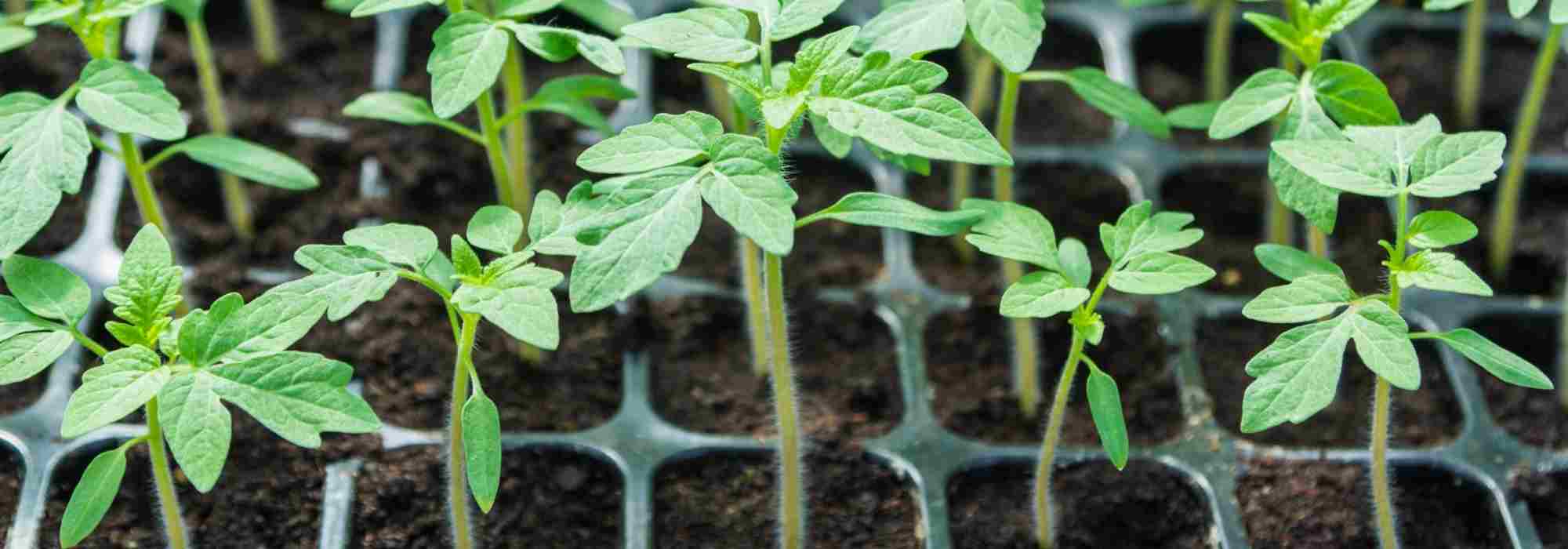
Tomato plug plants
→ We offer a wide range of annuals in plug plants, as well as many young vegetable and herb plants in our online nursery.
Advantages of plug plants
Plug plants have two main advantages:
- faster flowering or production for vegetable plug plants: indeed, young plants are already rooted so plant starts as quickly as possible. But above all, unlike plants in buckets, seedlings will above all develop a good root system before flowering. A “forced” flowering exhausts plants;
- the “sowing” stage is skipped: this avoids problems inherent to sowing such as damping-off, leggy seedlings, poor management of sowing date, too many young plants sown… In addition, plug plants can provide a solution if there was no time to sow or a problem occurred during sowing. Plug plants are therefore ideal for a flowering garden and a productive vegetable garden as quickly as possible.
Plug plants are also more economical than large plants in buckets but… more expensive than home sowing. Careful thought must be given to number of plants wanted and bear in mind that there are often many losses when sowing.
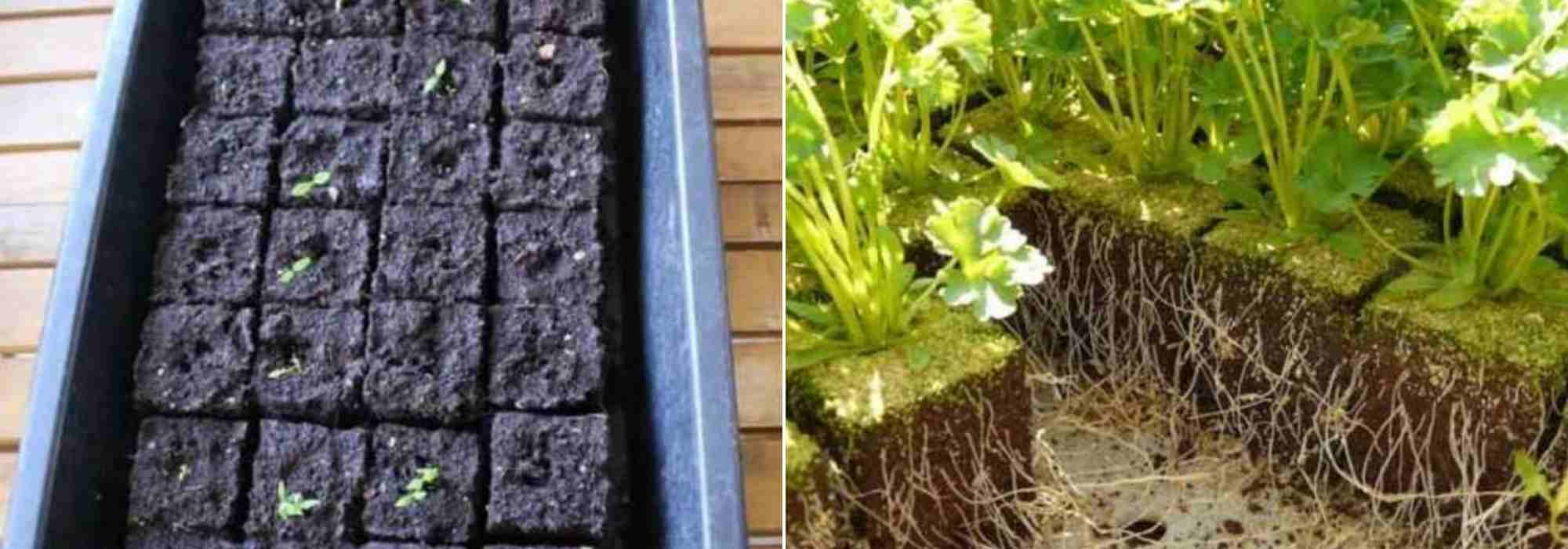
Parsley plug plants and seedlings starting to develop
Discover other Vegetable plants A to Z
View all →Available in 2 sizes
Available in 1 sizes
Available in 2 sizes
Available in 1 sizes
Available in 2 sizes
Available in 1 sizes
Available in 1 sizes
Available in 1 sizes
Available in 1 sizes

Available in 2 sizes
What to do when you receive your plug plants?
People are often unsettled by plug plants when not used to them. It’s hard to imagine that these fragile seedlings are so sturdy and will quickly develop into floriferous, productive plants. Rest assured, that’s the case provided a few precautions are taken…
Plug plants are fragile in their early stages and a long journey in a dark, unwatered box does them no good. On receipt of your plug plants, you will therefore need to be vigilant and meet their needs as quickly as possible.
- Open the parcel and inspect all plug plants immediately;
- Remove them from their plastic shell and place them in a light spot but not in direct sunlight;
- If your plants show yellowed or etiolated parts, do not worry! It’s not serious — confinement during transit caused this. Everything will return to normal in the days that follow;
- If one of the plants has a flower bud, remove it! Young seedlings need to focus on producing a root system rather than flowers;
- Water your plug plants well if they are dry;
- Plug plants can remain in their tray for a few more days but do not wait too long to pot them on or plant them in a planter.
Read also
Plant tomatoes in plug plantsWhen and how to plant your plug plants?
Plug plants are available in March/April.
You then have two options depending on when you receive your plug plants:
- If frosts are still possible: plant or, preferably, pot on your plug plants into a pot two to three times the size of the rootball in a horticultural compost or a finer one such as a seed compost. Keep young plants in a bright, warm or temperate spot depending on the plant.
- If we are further on in the season: plant your plug plants in the ground outdoors or under glass, or in a window box. Note that it is generally advisable to harden off potted plants a few weeks before planting out.
Take care: in the days and weeks that follow, make sure your plug plants are not short of water. But do not overwater them either!
- Subscribe!
- Contents
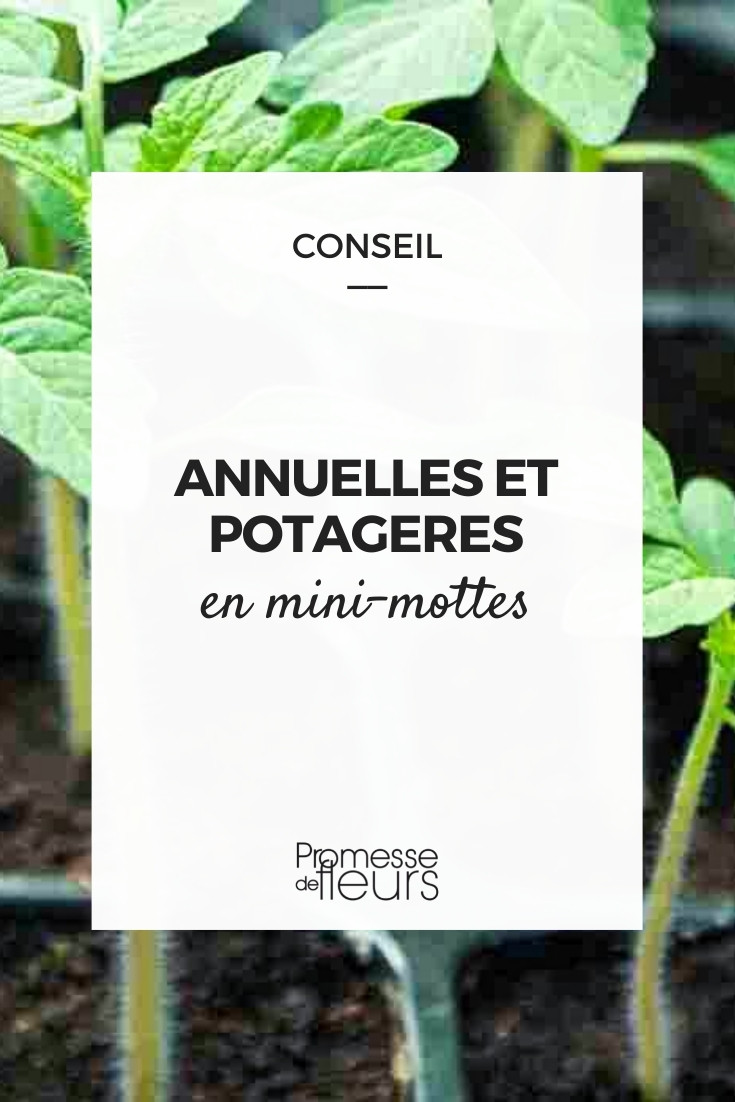































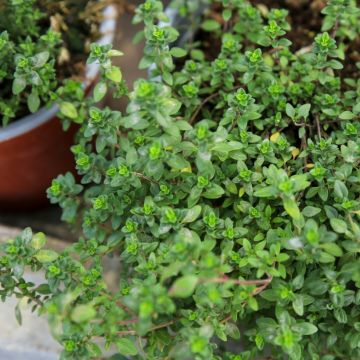

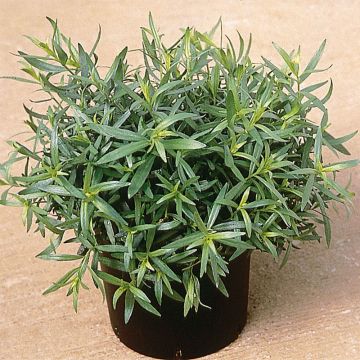
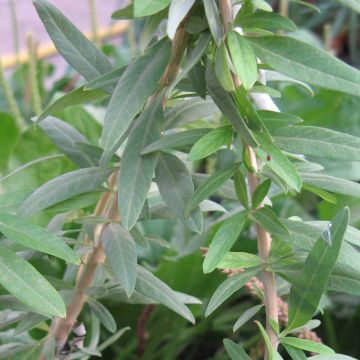
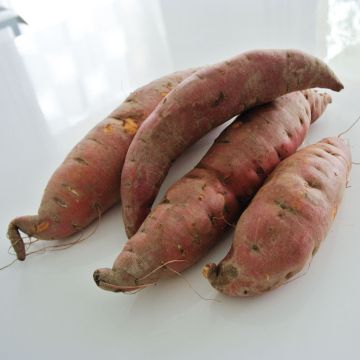
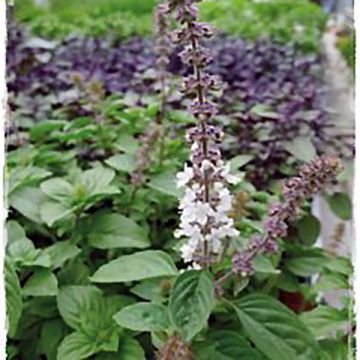

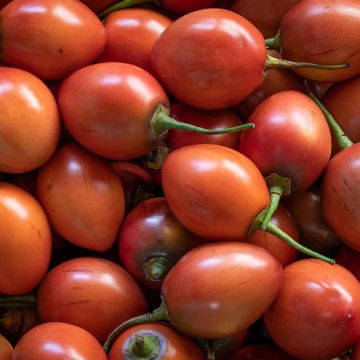
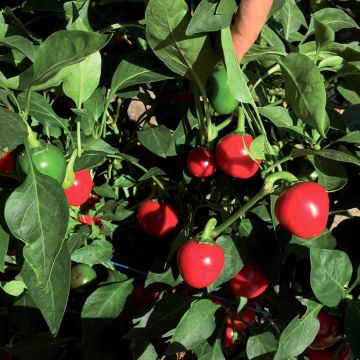
Comments